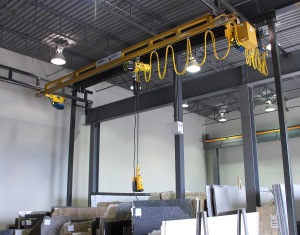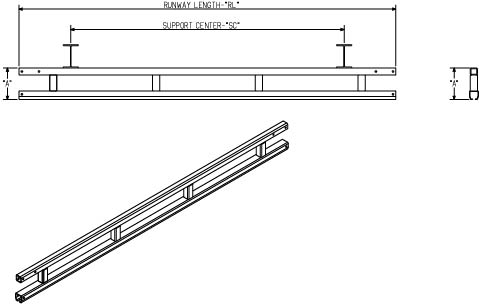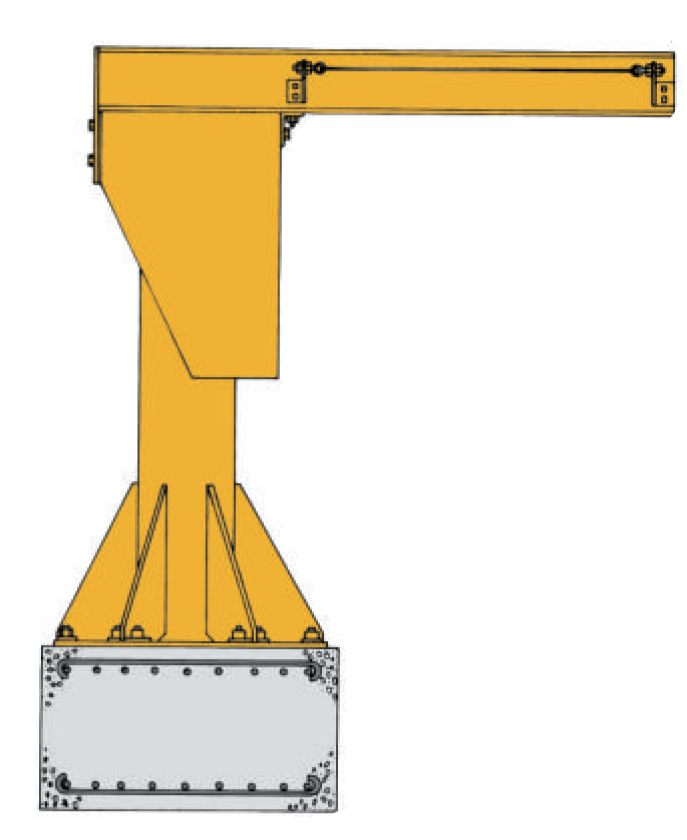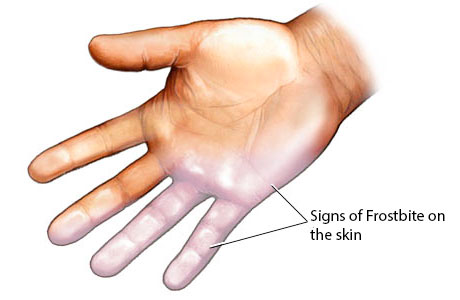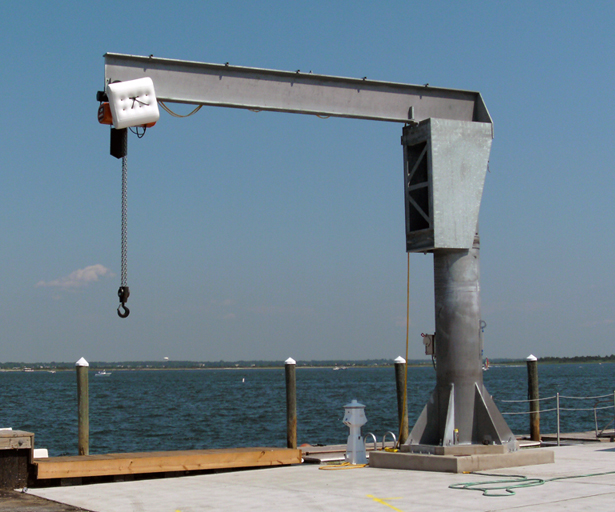Entradas de developer
Control Technology for Overhead Cranes
Engineers and crane manufacturers have significantly improved overhead cranes—structurally and mechanically—over multiple decades. While these improvements have made material handling easier, more productive, and ergonomic, it’s the control technology that has truly revolutionized safety and ease of use. Control systems are an essential part of an overhead crane or hoist because they allow the crane…
Leer másProper Inspection of Overhead Cranes
Proper inspection of overhead cranes is important because it helps ensure safe equipment operation. Thoroughly inspecting overhead cranes improves operator safety and prevents operator injury. Proper inspection has many advantages: Reducing time lost caused by equipment breakdown Detecting potentially hazardous conditions Reducing the costs of repairs by correcting defects before equipment is seriously damaged Uncovering…
Leer másSafe Use of Lift Equipment: Assessing Risk and Reinforcing Pre-Start Checks
Overhead cranes and other lifting accessories are an essential part of manufacturing and construction for a lot of companies. Cranes improve business operations from a production standpoint and provide an efficient method of material handling that can help eliminate worker injuries. But, an overhead crane can also be a dangerous piece of equipment if used…
Leer másDaily Inspection for Workstation Bridge Cranes & Monorails
While only designated personnel may perform required maintenance and repairs on overhead crane systems, the crane operator should conduct inspections on a daily basis before and after use. A daily inspection checklist should be used and signed off on to ensure an effective and thorough assessment. OSHA 1910.179 refers to this daily inspection as a…
Leer másTrussed Track, Plain Track, and I-Beams
We’ve received a lot of recent inquiries about the difference between plain track, trussed track (often referred to as “workstation”), and standard I-beams for cranes. Hopefully this post will clear up any questions you may have and provide readers with a clearer understanding about what differentiates each type of track/beam. Let’s start by examining the…
Leer másCrane Fatalities & Safety
Over the past decade, there have been few safety resources available to companies and employees working with, in, or around overhead cranes. There are two major industries with an alarming number of worker fatalities due to improper or unsafe use of a crane: construction and manufacturing. According to multiple sources, including the Bureau of Labor…
Leer másCustomized Manufacturing
The manufacturing industry is always evolving to fit the changing needs of society. Businesses have been trying to determine the future of manufacturing for centuries. Today, the future of manufacturing depends heavily on technology and consumer choice. So, what can we do, as manufacturers and consumers, to ensure that we are evolving our products and…
Leer másRetrofit Conversion Kits for Jib Cranes
What is the Point of a Retrofit Conversion Kit? Retrofit conversion kits—better known as retrofit jib drives—are used to convert an existing manual rotation jib crane to a motorized system. Motorizing your jib crane provides powered rotation of the boom, which is ideal for lifting heavy loads. Powered rotation of the jib boom is also…
Leer másI’m All About That Base—It’s Portable!
Is your jib crane easily assembled to reduce cost? If you’re considering a freestanding jib crane in—or outside—or your facility, there are a variety of options to consider depending on the needs of your operation. For instance, the install location will dictate the type of crane you select to ensure proper installation. Foundation-mounted freestanding jib…
Leer másUsed Overhead Cranes: When to Buy and When to Beware
The economy has been slowly improving, which means more manufacturing companies are investing in overhead lift equipment to streamline their operations and improve worker safety. Despite major economic improvements in the US, many companies are still looking to cut costs when it comes to purchasing cranes for their factories. One question we get asked a…
Leer másWorker Safety in Cold Weather Climates
Last week we talked about cold-weather safety and “weatherizing” overhead crane components for the winter season. Cold-weather can impact multiple features of a crane including its rating and electrical components, all of which can be a safety issue in extreme situations. However, it is important to note, that your crane operator’s much more likely to…
Leer másMaterial Handling in Cold Weather Climates
Maintaining an appropriate ambient temperature is crucial to the proper functioning and longevity of your material handling equipment. But, with the arctic weather making it’s way across the United States, it’s important to start thinking about crane and operator safety in cold weather. Using lift equipment can be hazardous on a good day, but when…
Leer más